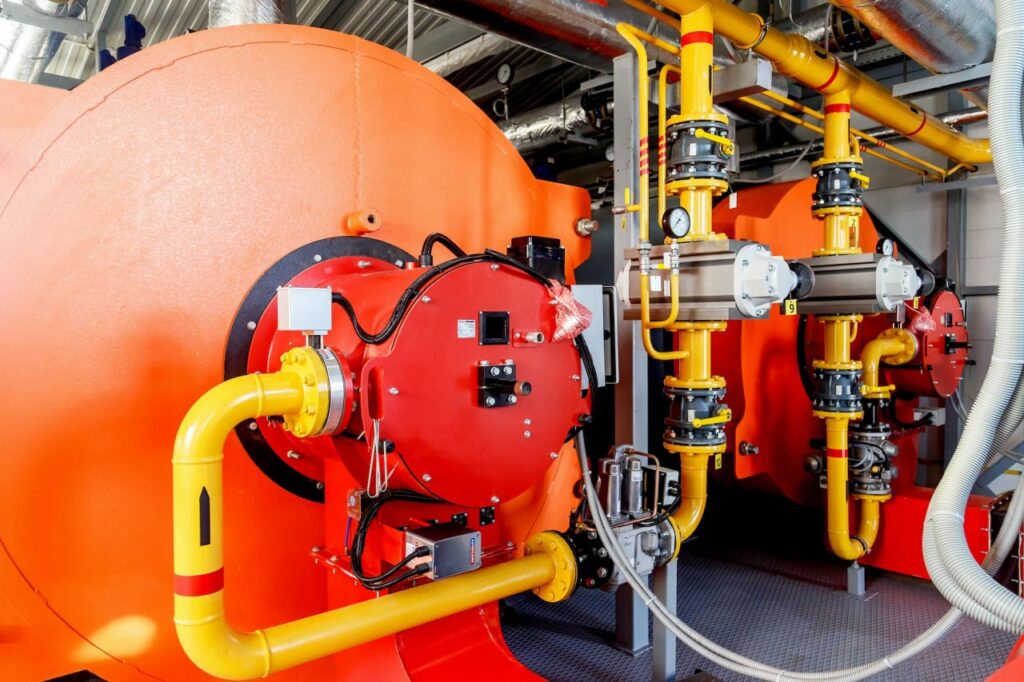The common faults of a three-way catalytic converter are as follows: the performance of the three-way catalytic converter deteriorates; after the core of the three-way catalytic converter is blocked, the exhaust is not smooth, resulting in an excessively high exhaust backpressure, causing the exhaust gas to flow back into the engine. The following phenomena are included:
① Accumulation and contamination of soot. After leaded gasoline burns, it will quickly damage the three-way catalytic converter; when engine oil leaks into the cylinder and burns, substances such as phosphorus and zinc in the engine oil will also contaminate the three-way catalytic converter.
② Damage to the ceramic core. The long-term effect of thermal cycling, external collisions, and squeezing may all cause damage to the ceramic core.
③ Melting of the ceramic core. When the three-way catalytic converter is working normally, the temperature inside the three-way catalytic converter can generally reach 500-800°C, and the temperature at the outlet is about 30-100°C higher than that at the inlet. However, when the air-fuel mixture is rich or the combustion is incomplete, the concentrations of CO and HC in the exhaust gas will be too high. This will increase the burden on the three-way catalytic converter, causing the temperature to rise too much. Over time, it will deteriorate the performance of the three-way catalytic converter and even melt the carrier.
④ An exhaust temperature sensor is generally also installed on the three-way catalytic converter. When the temperature is irregularly high, the electronic control unit will cut off the secondary air supply and interrupt the catalytic conversion reaction.


